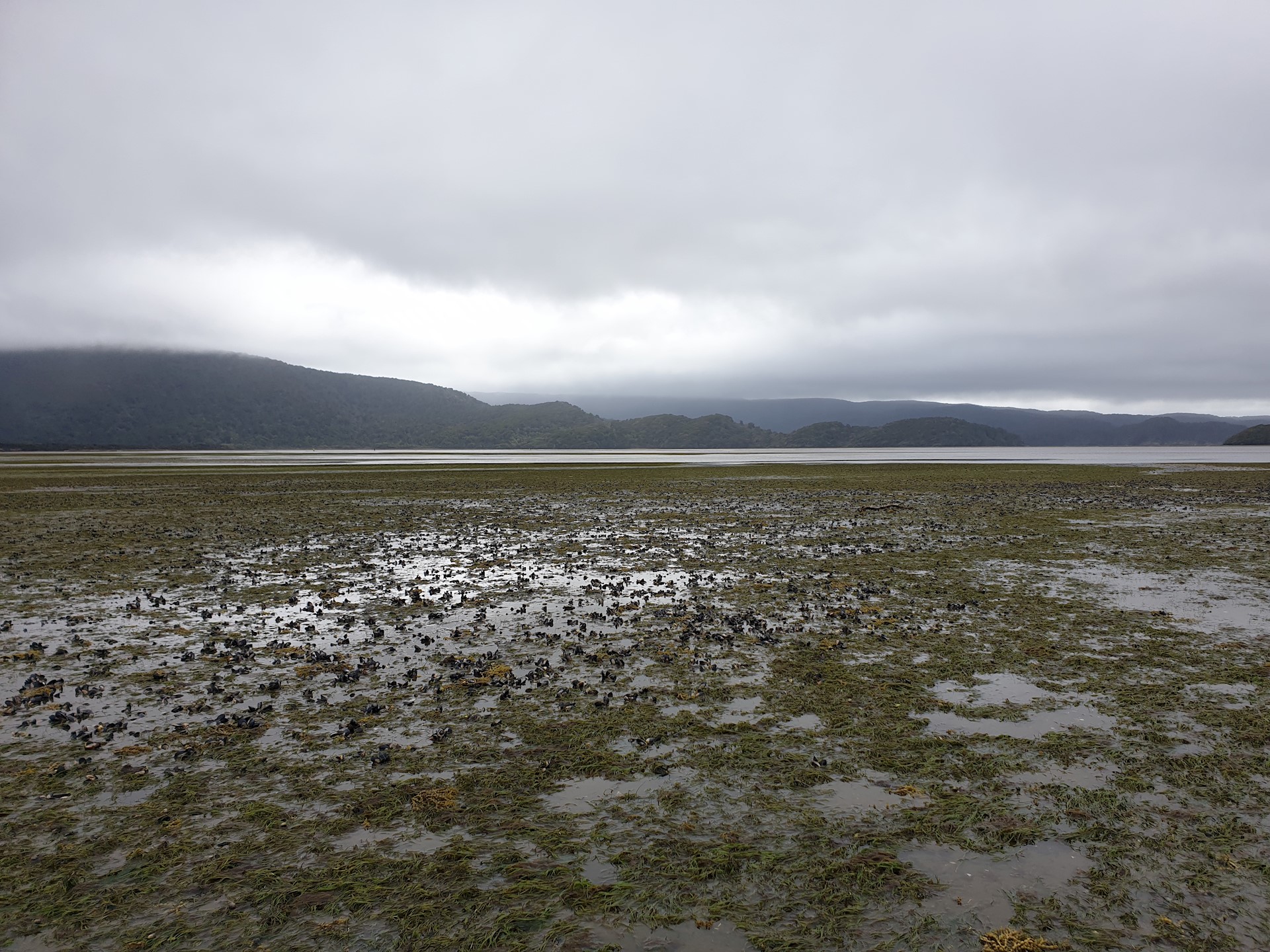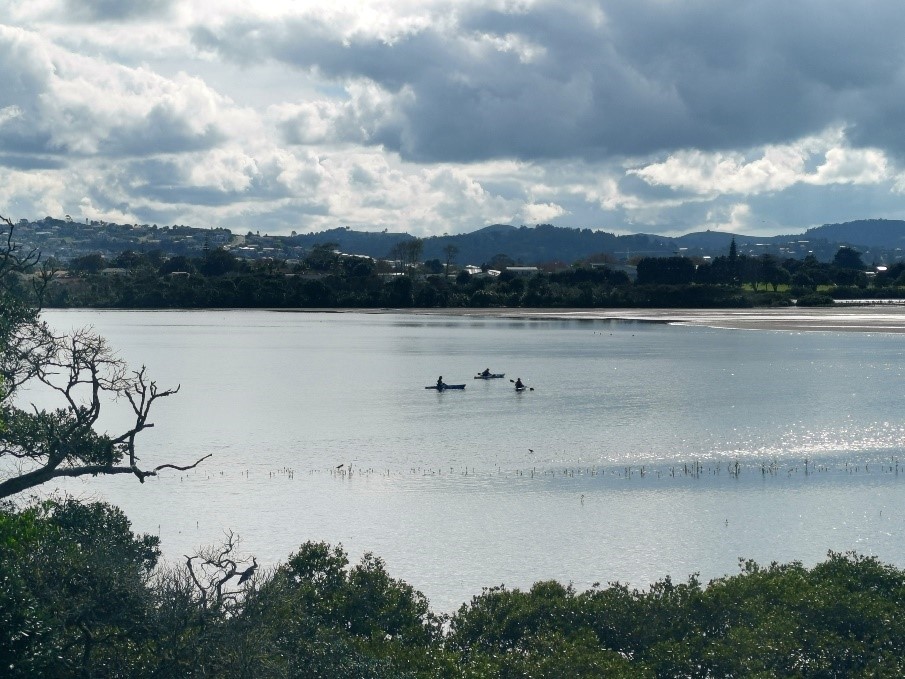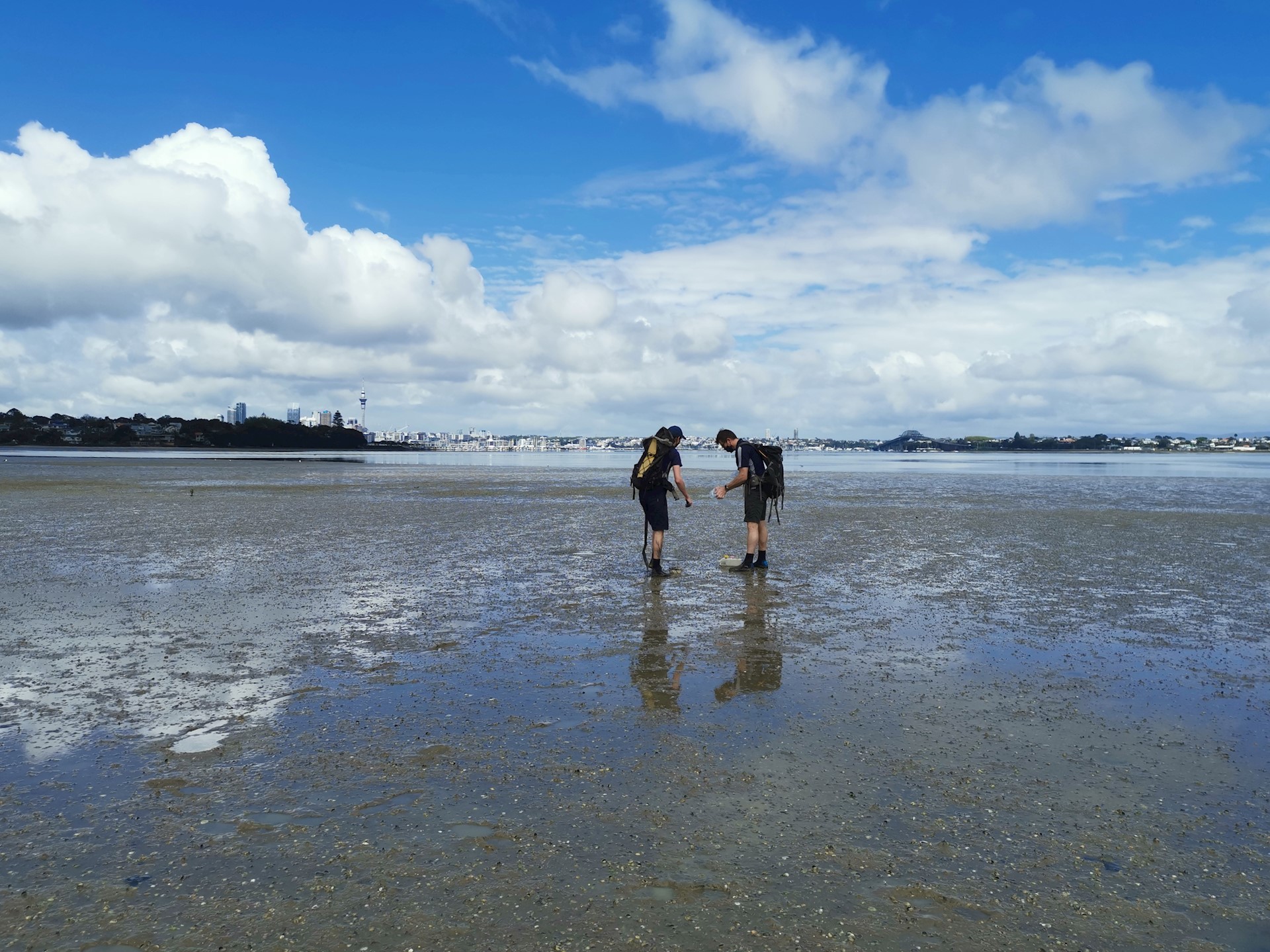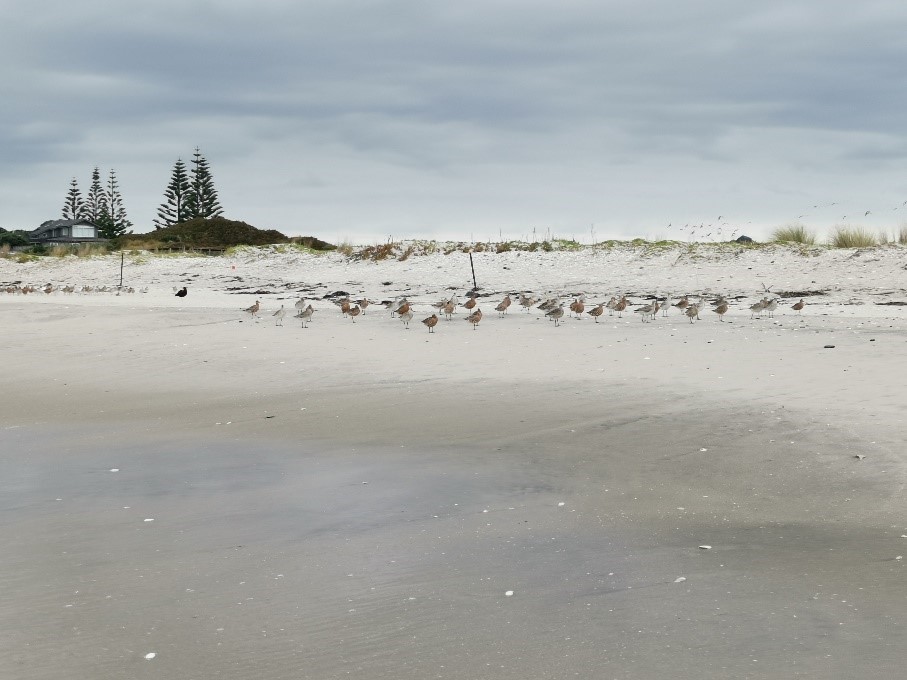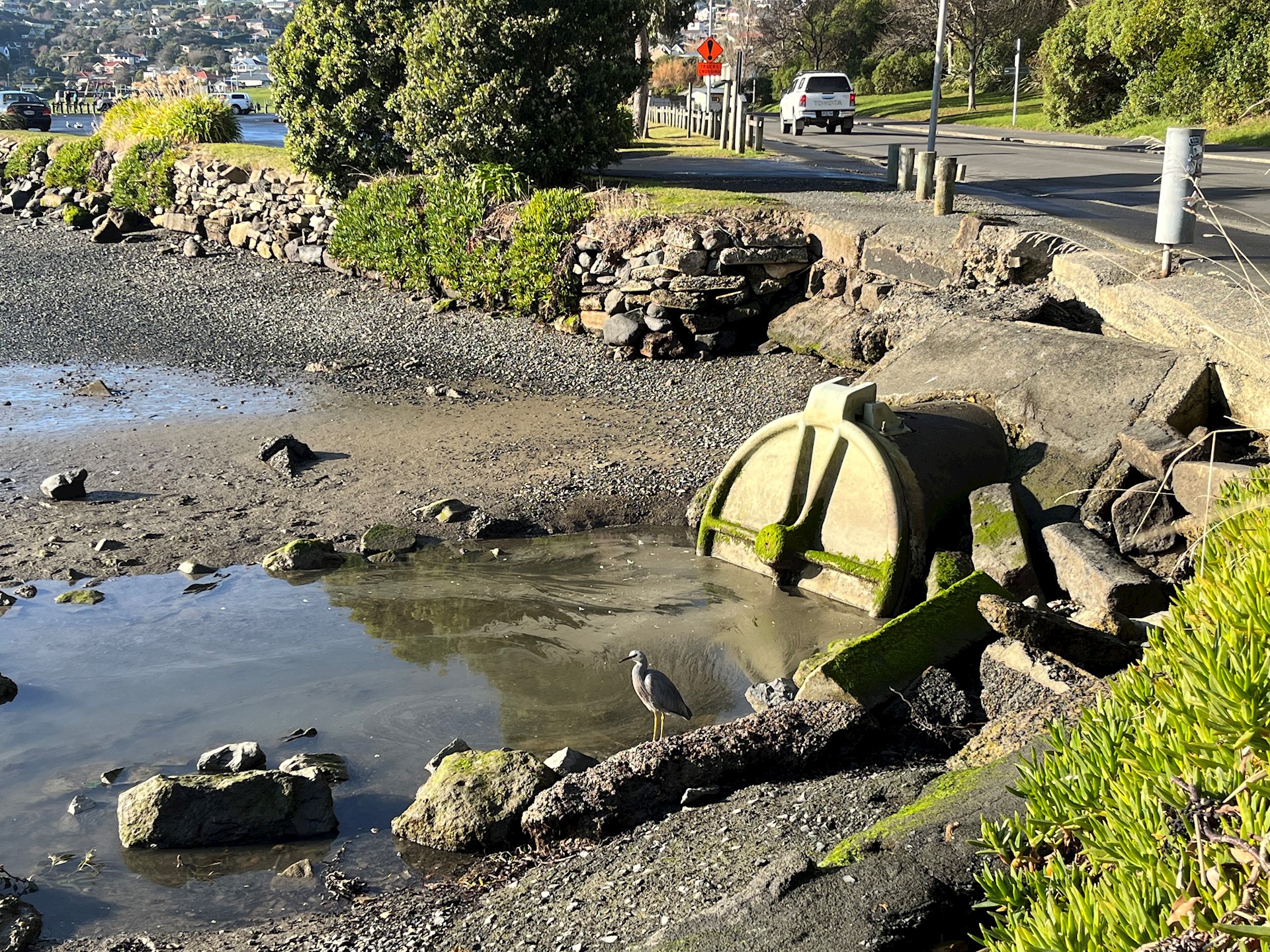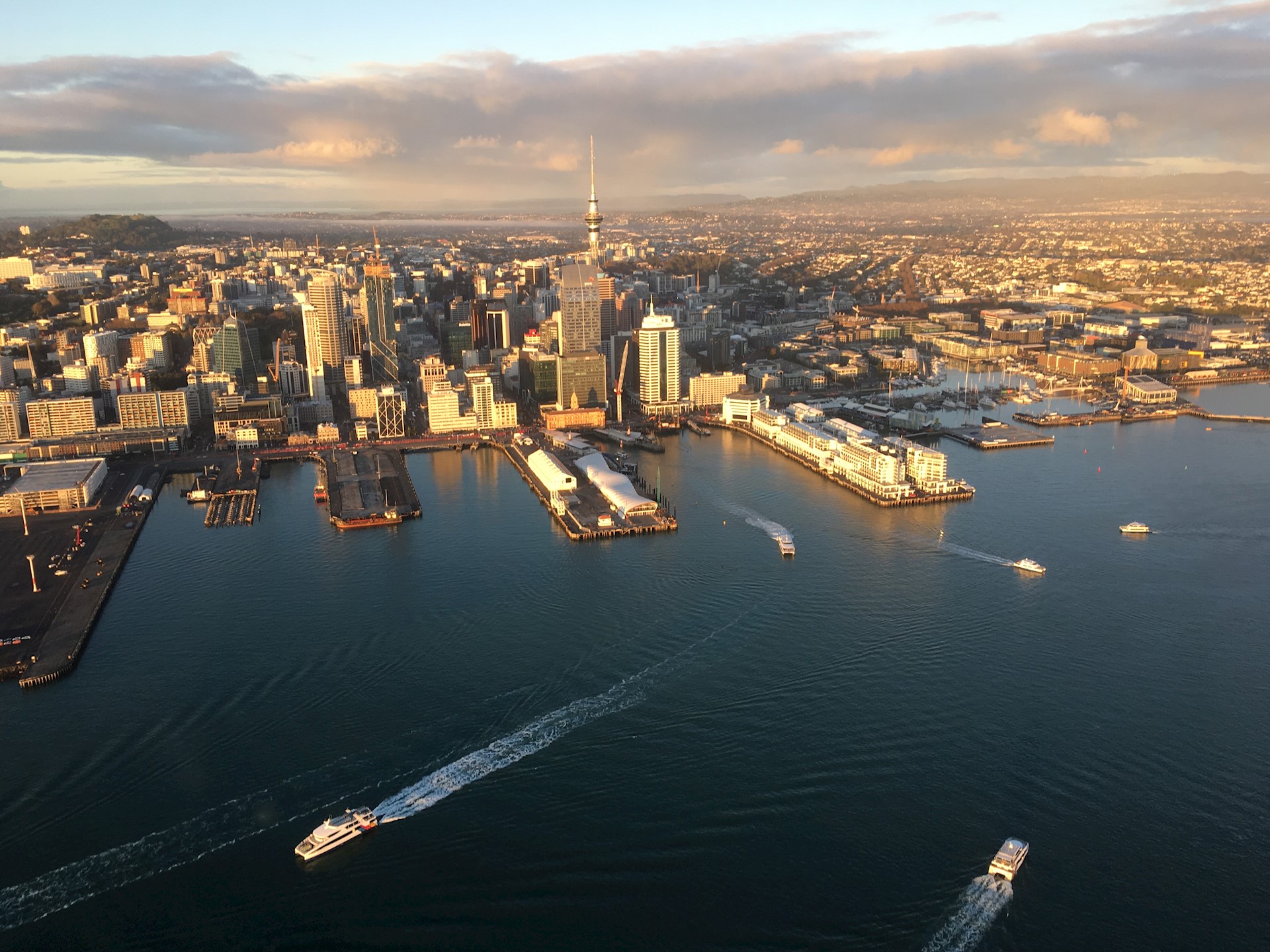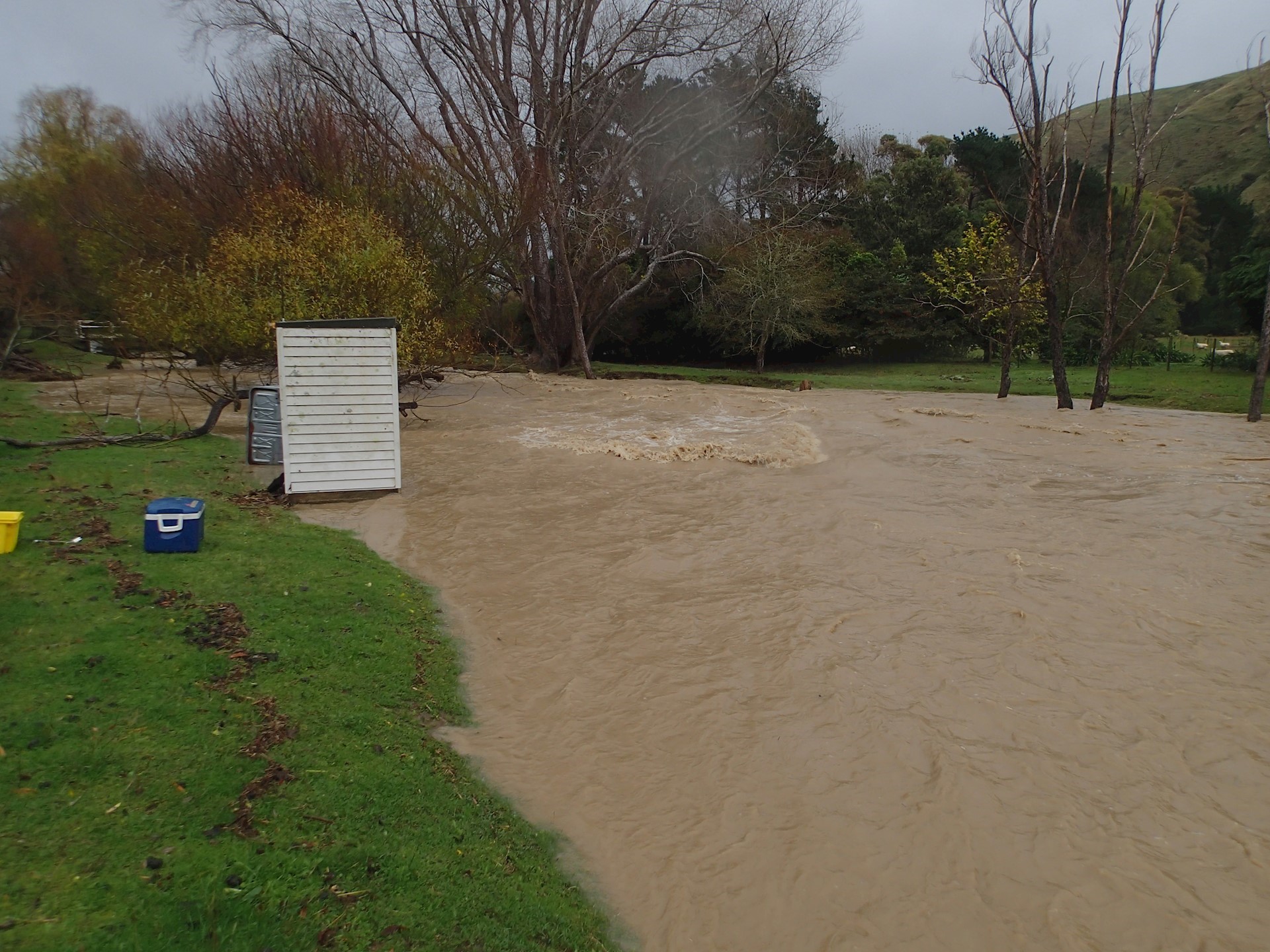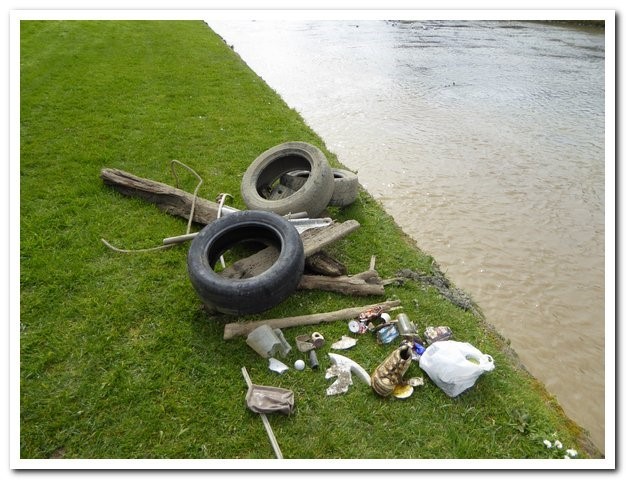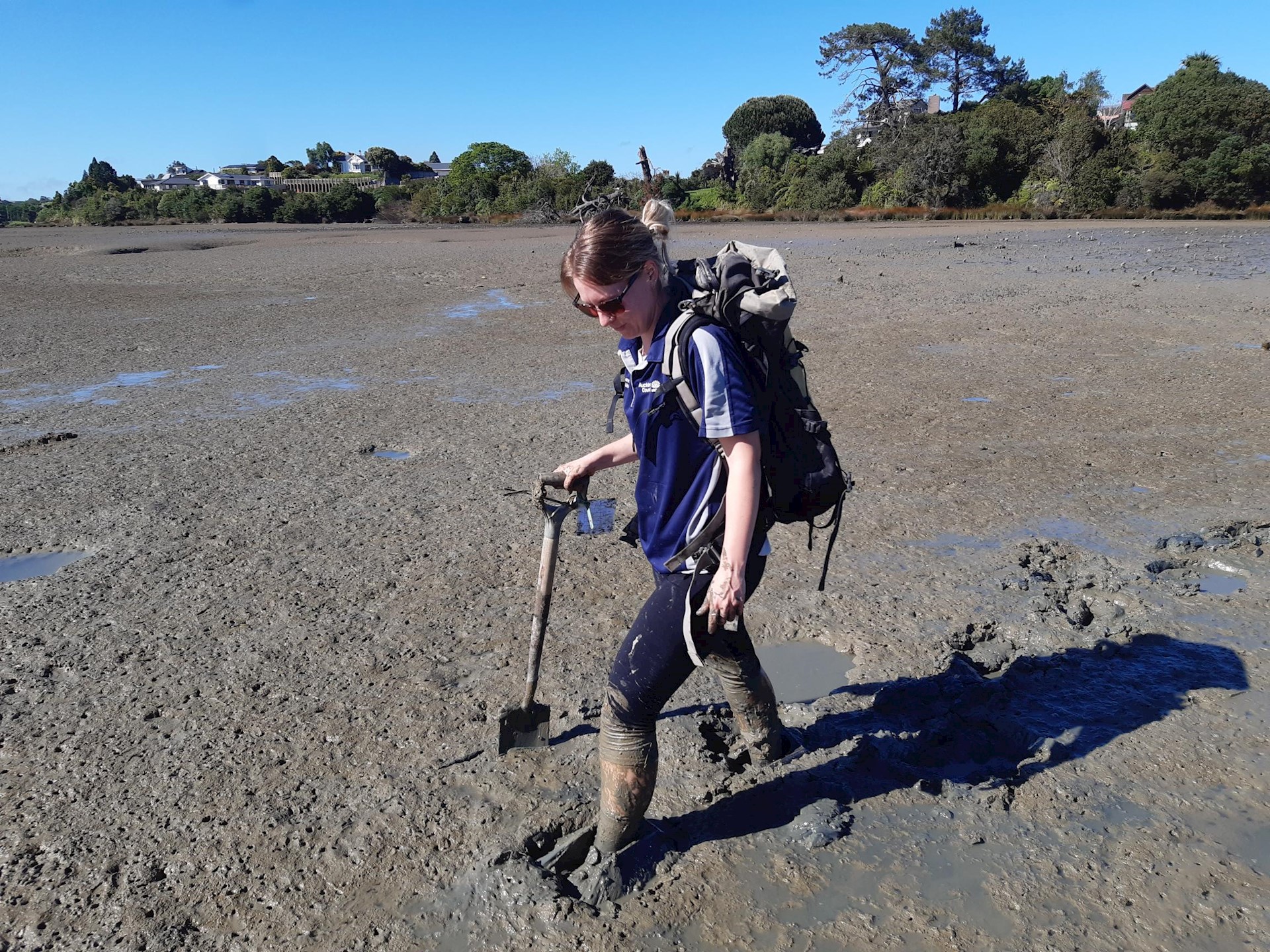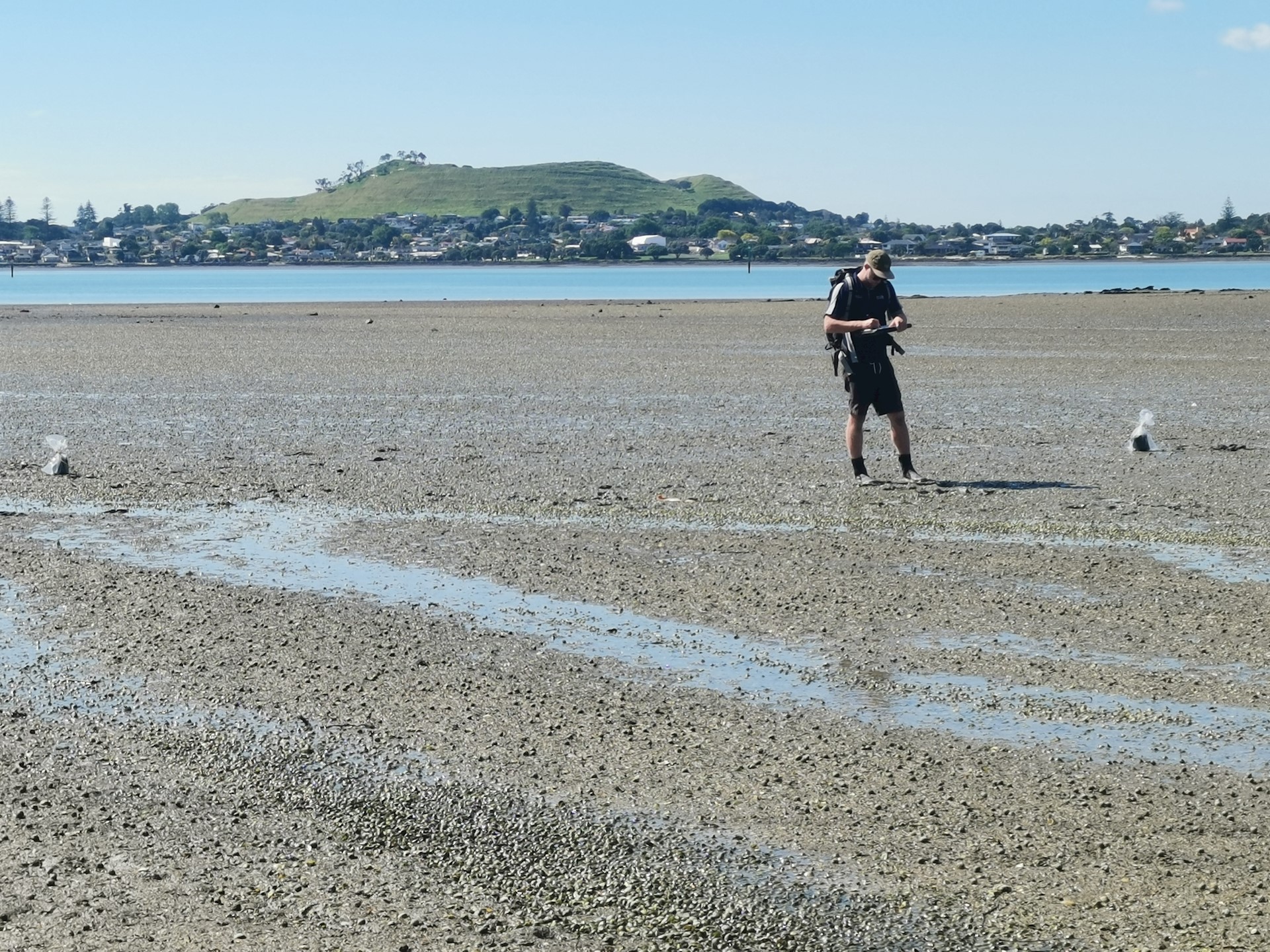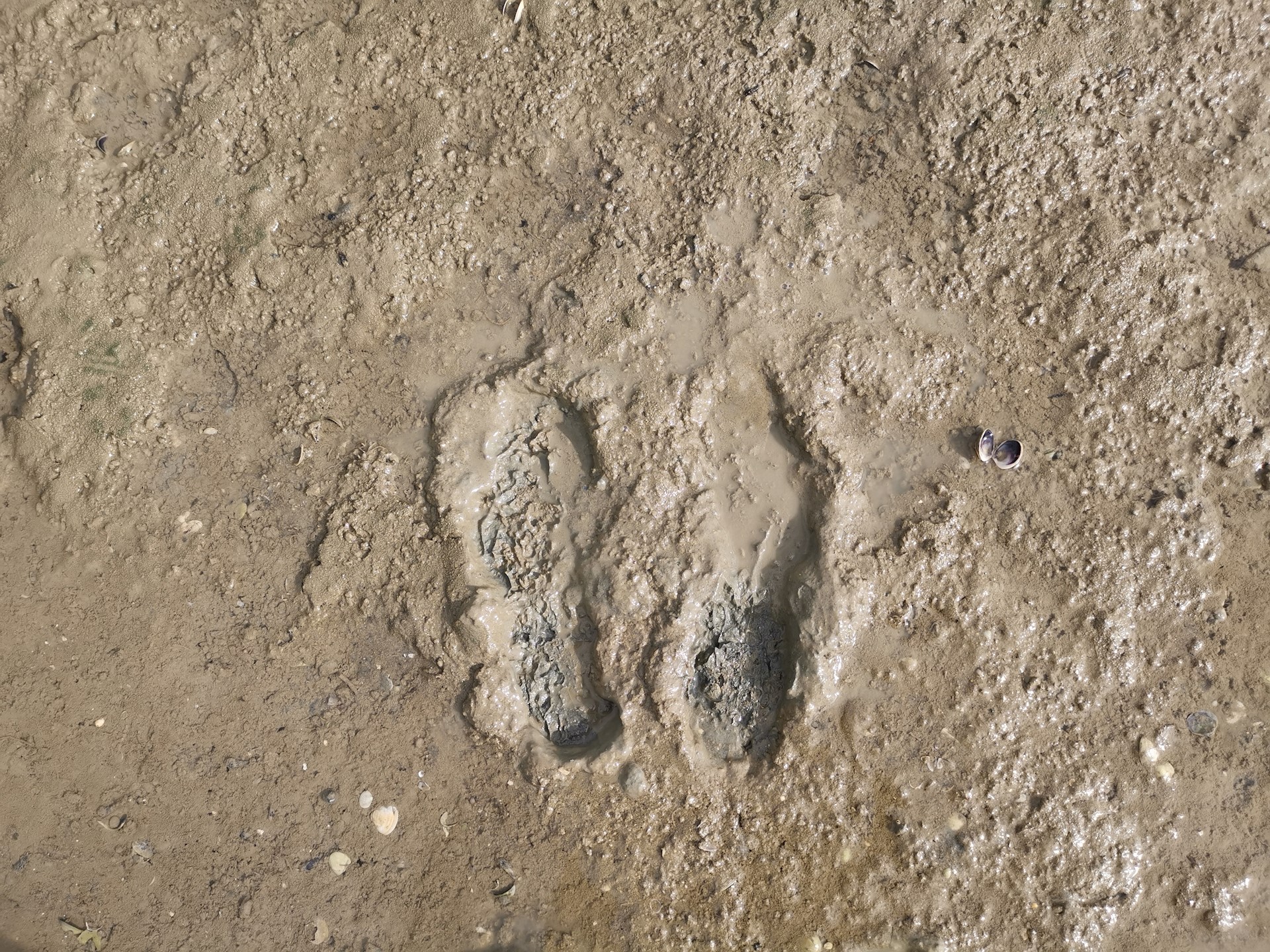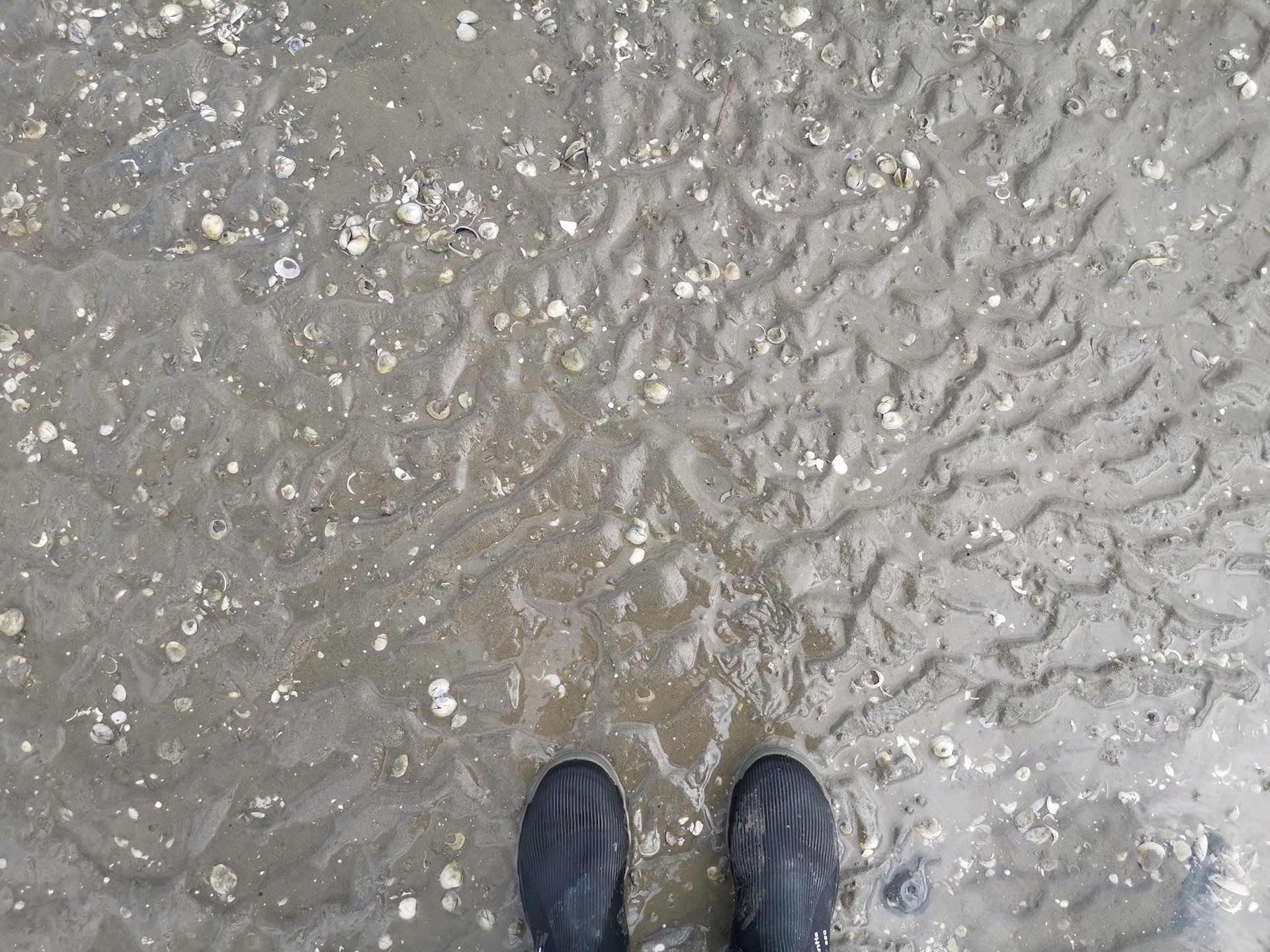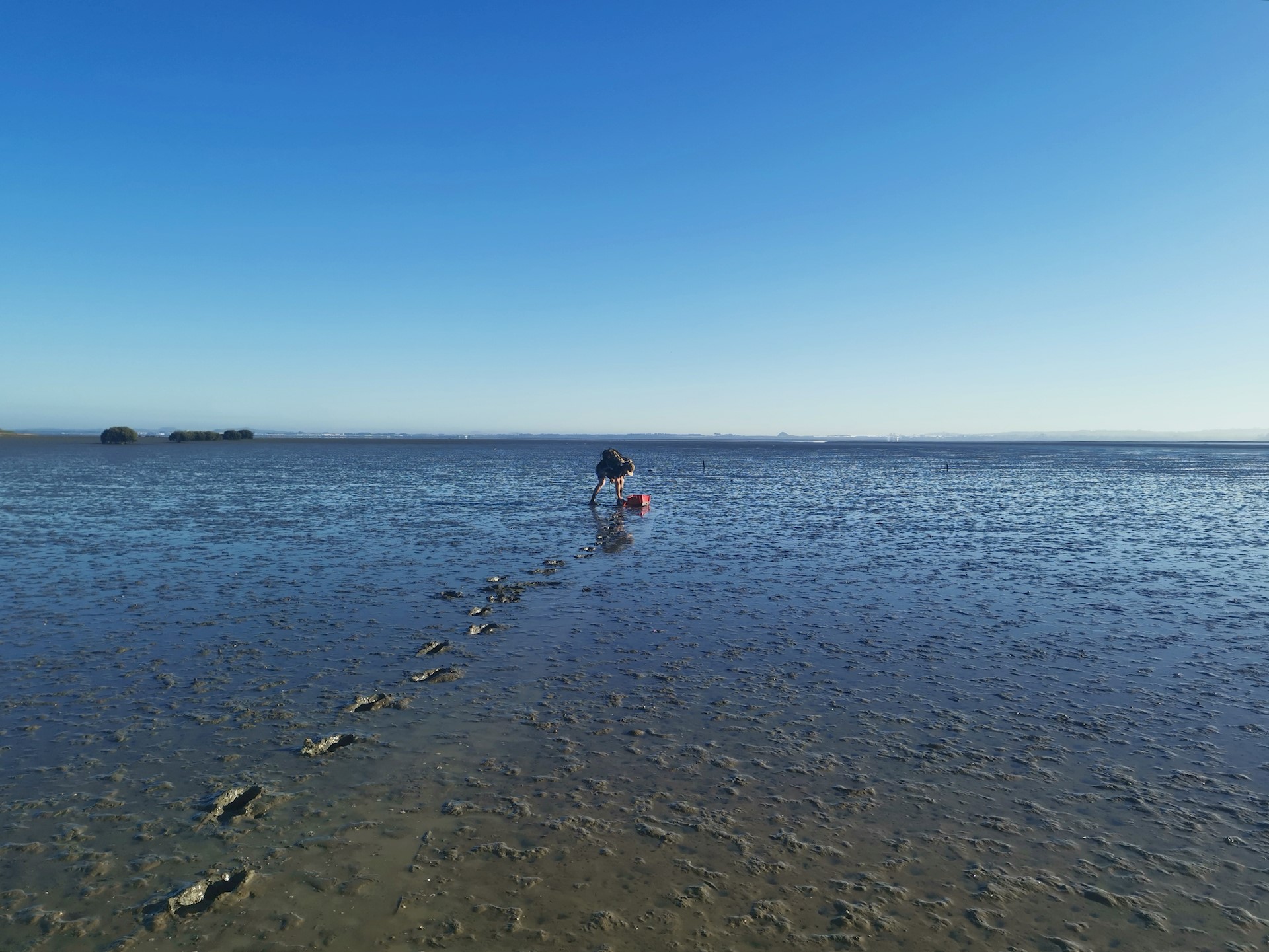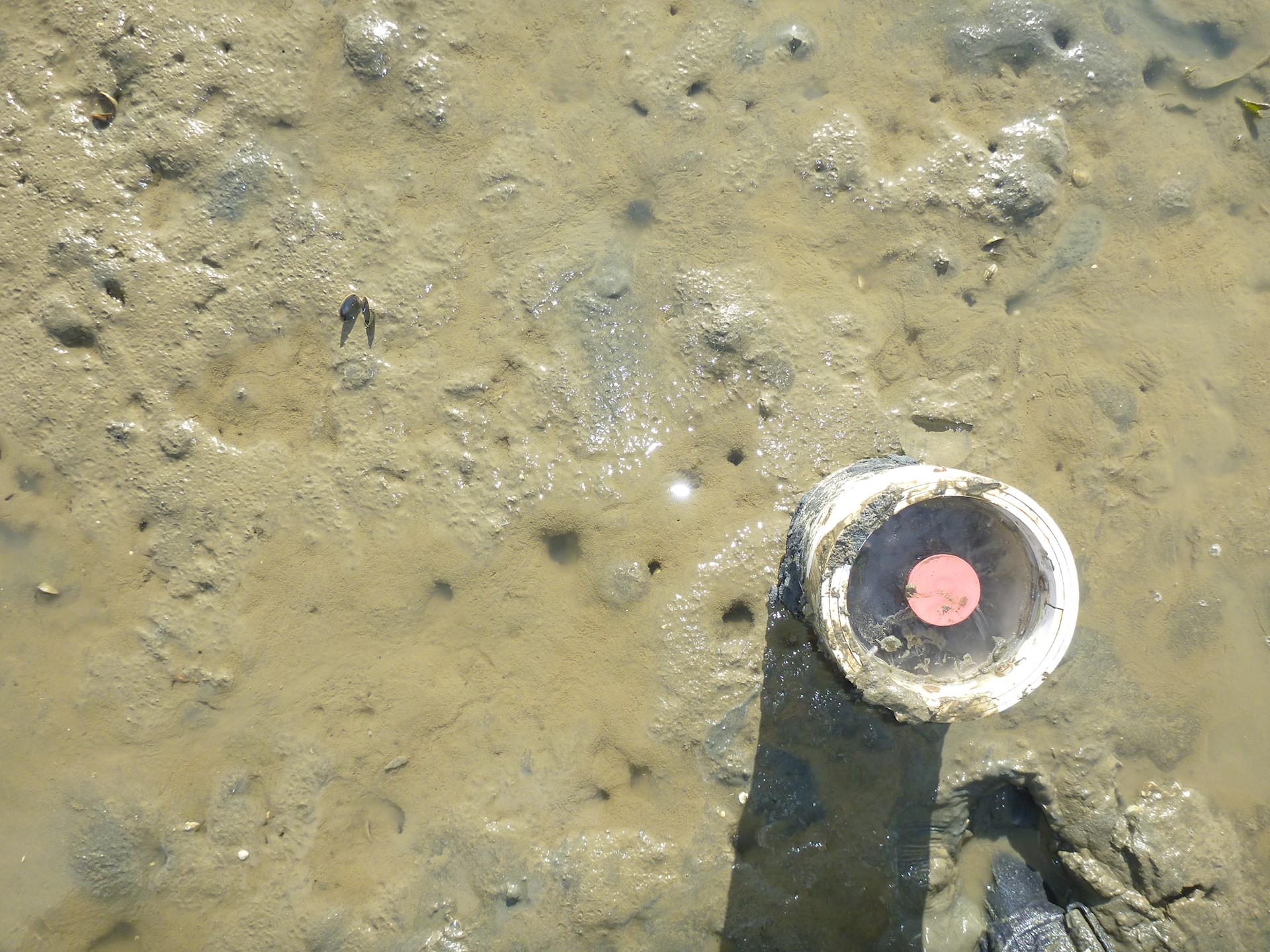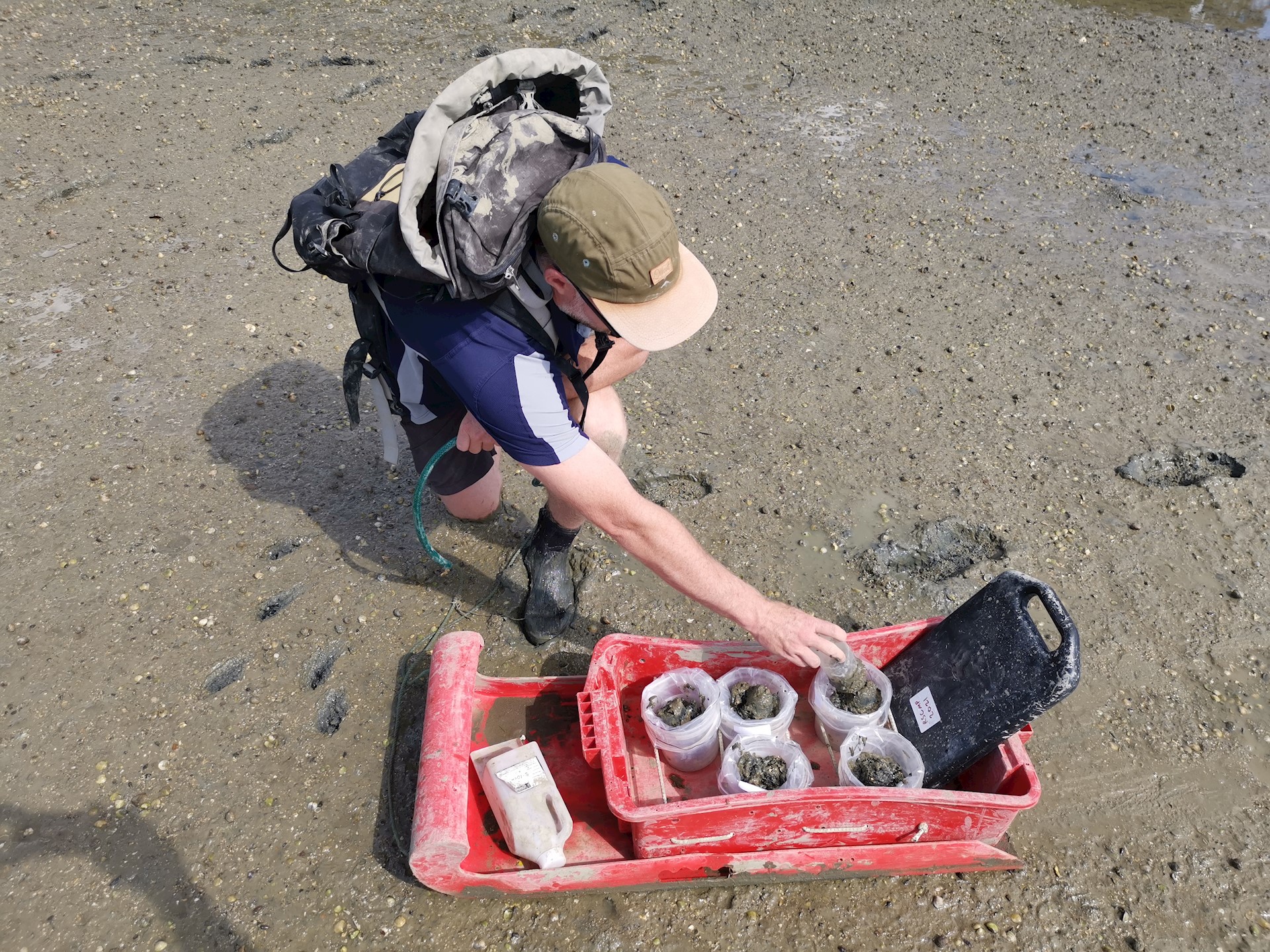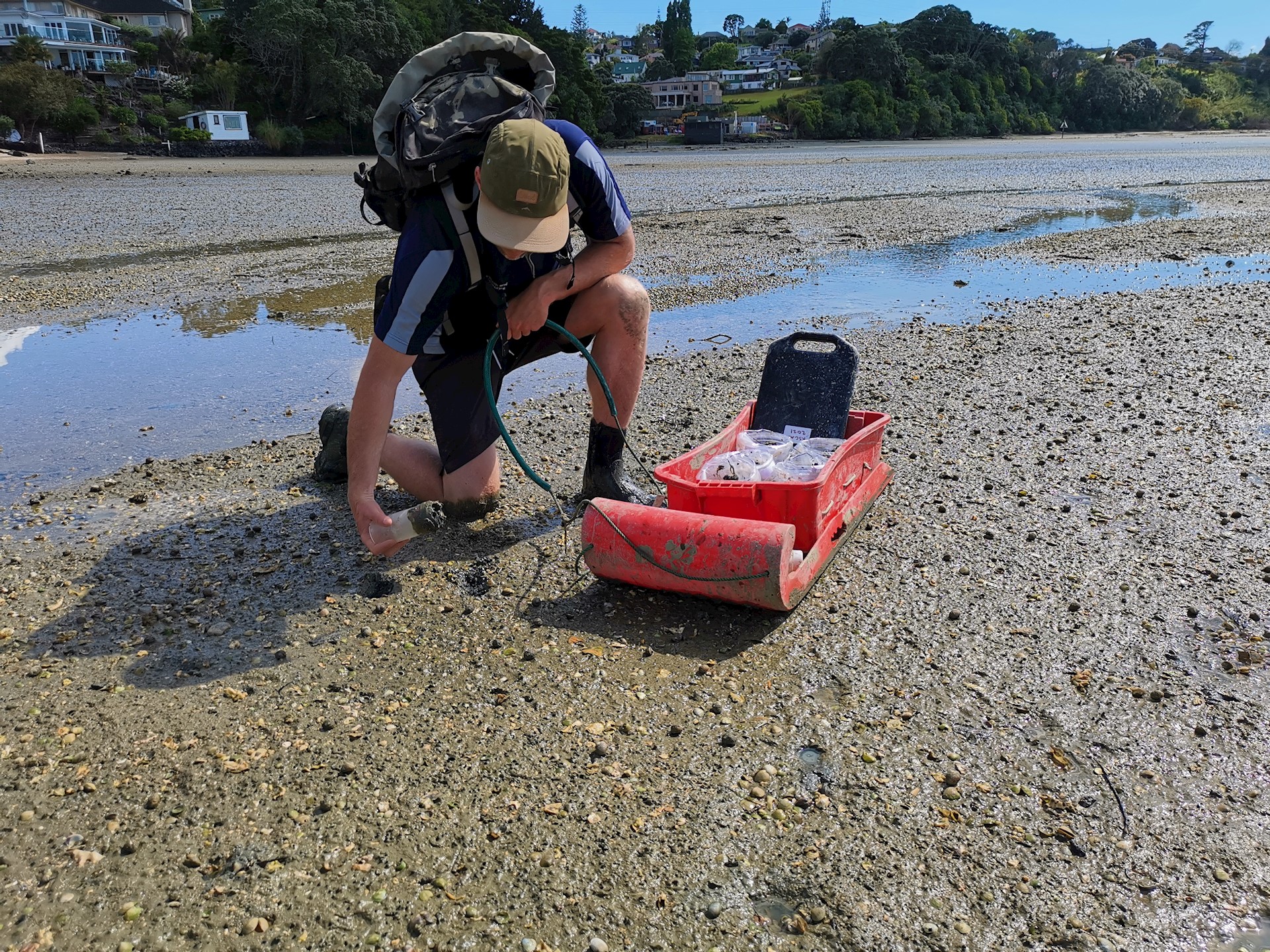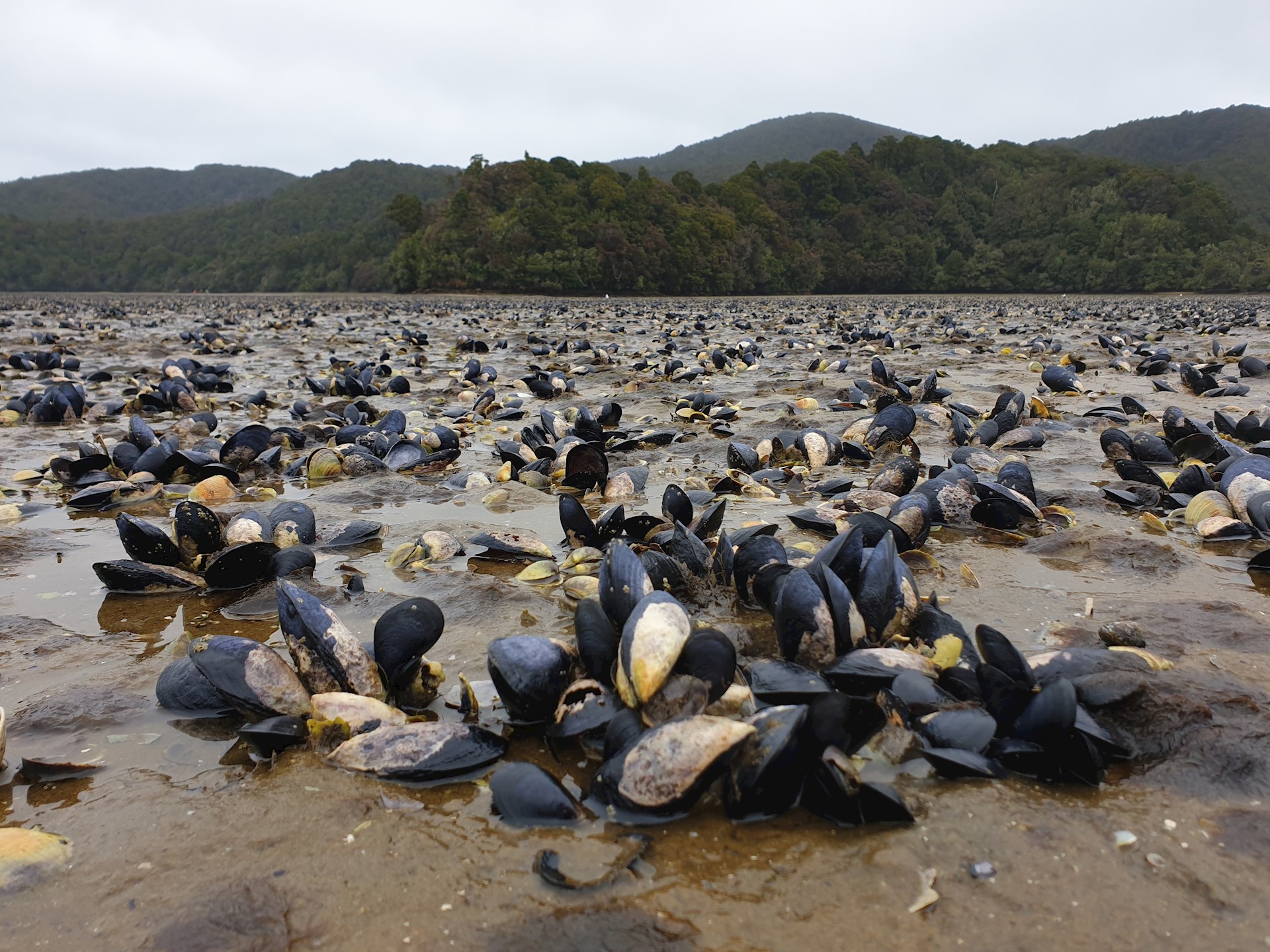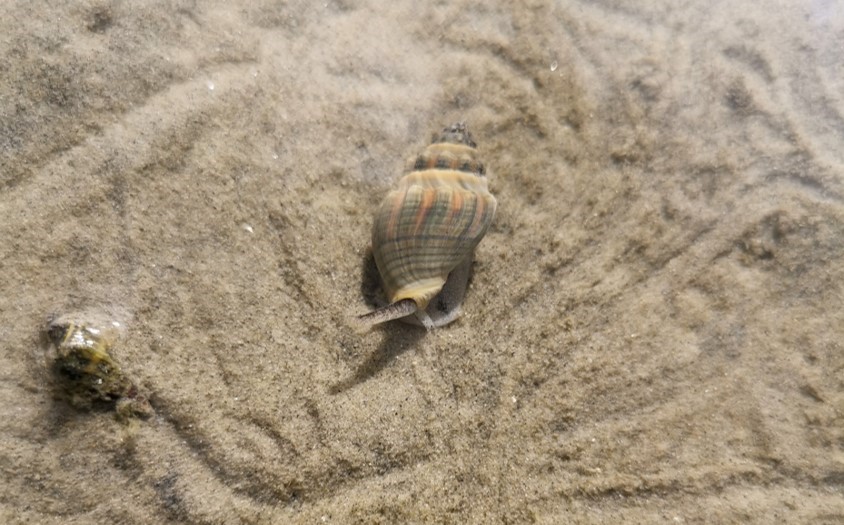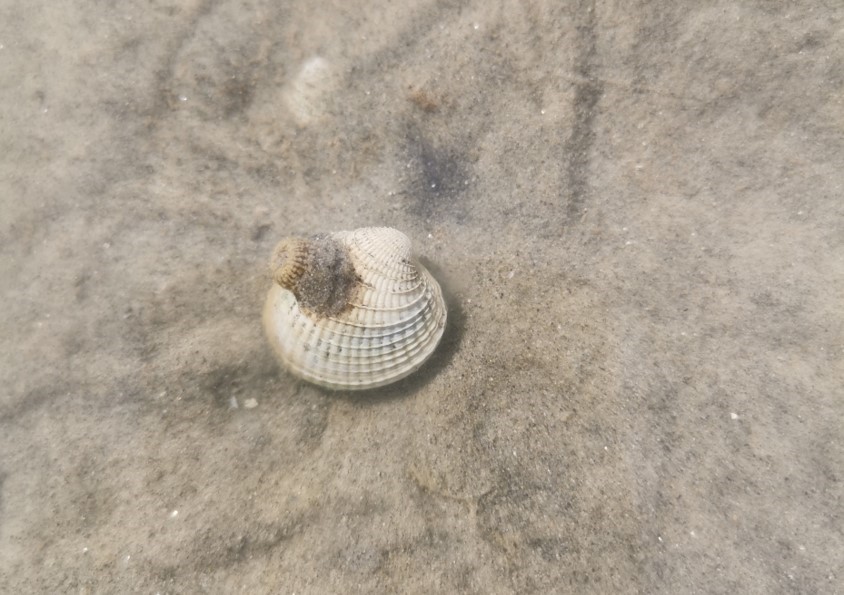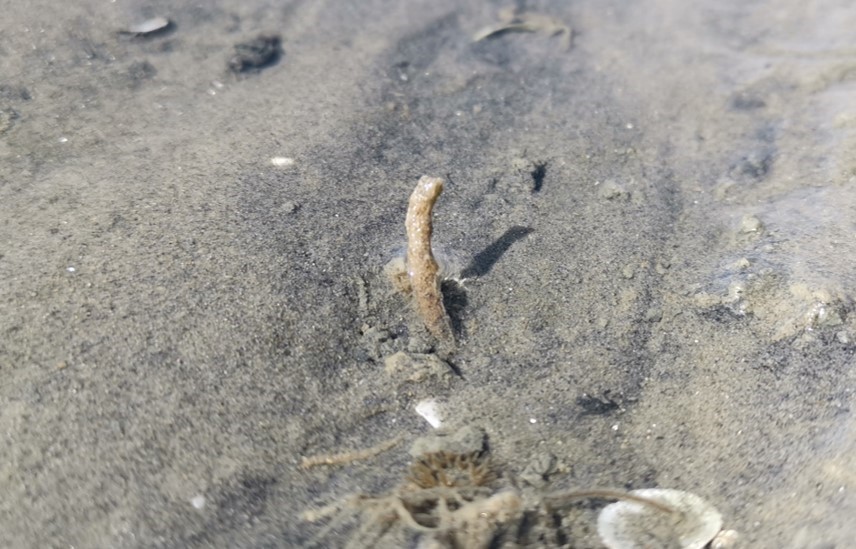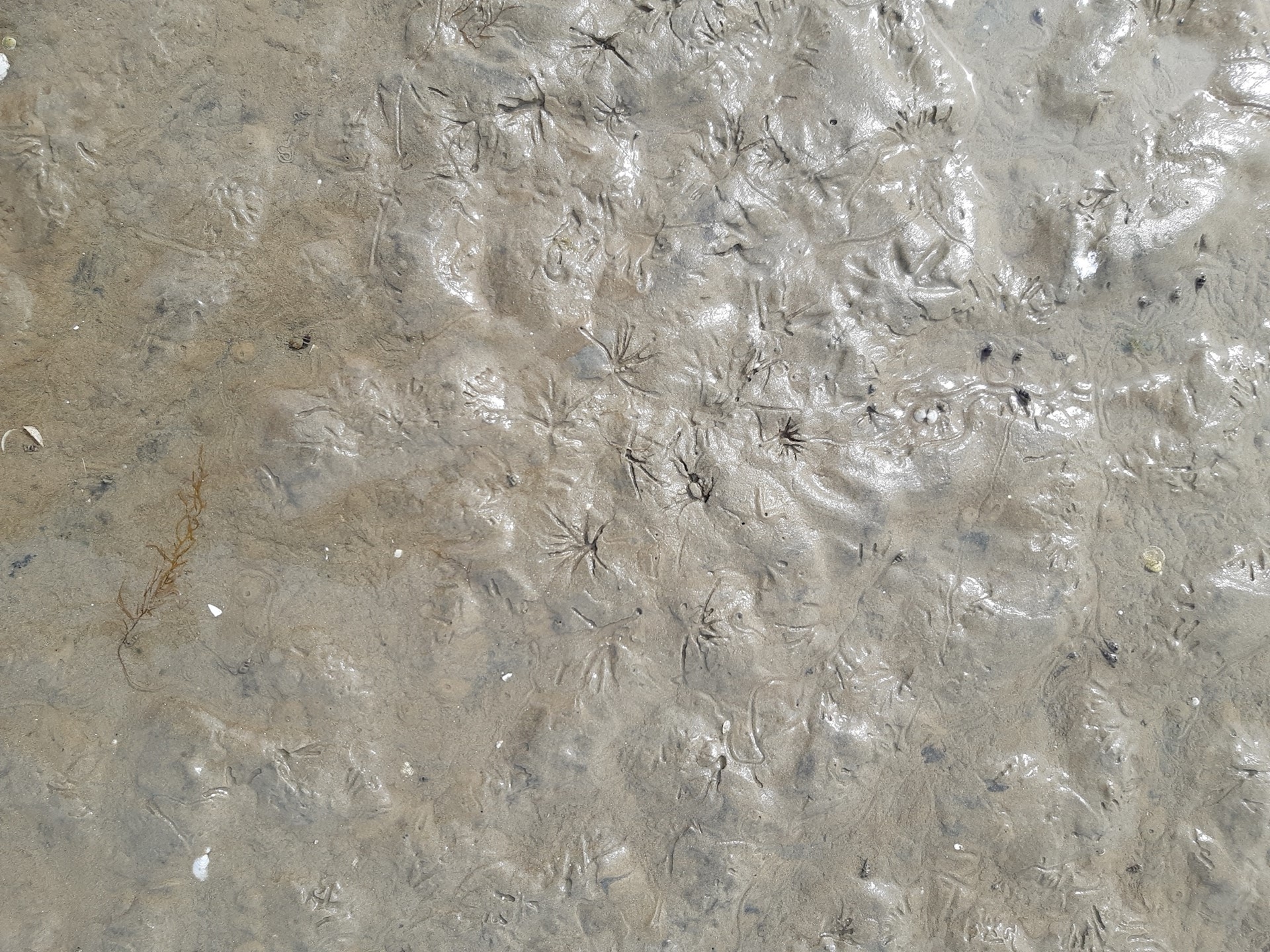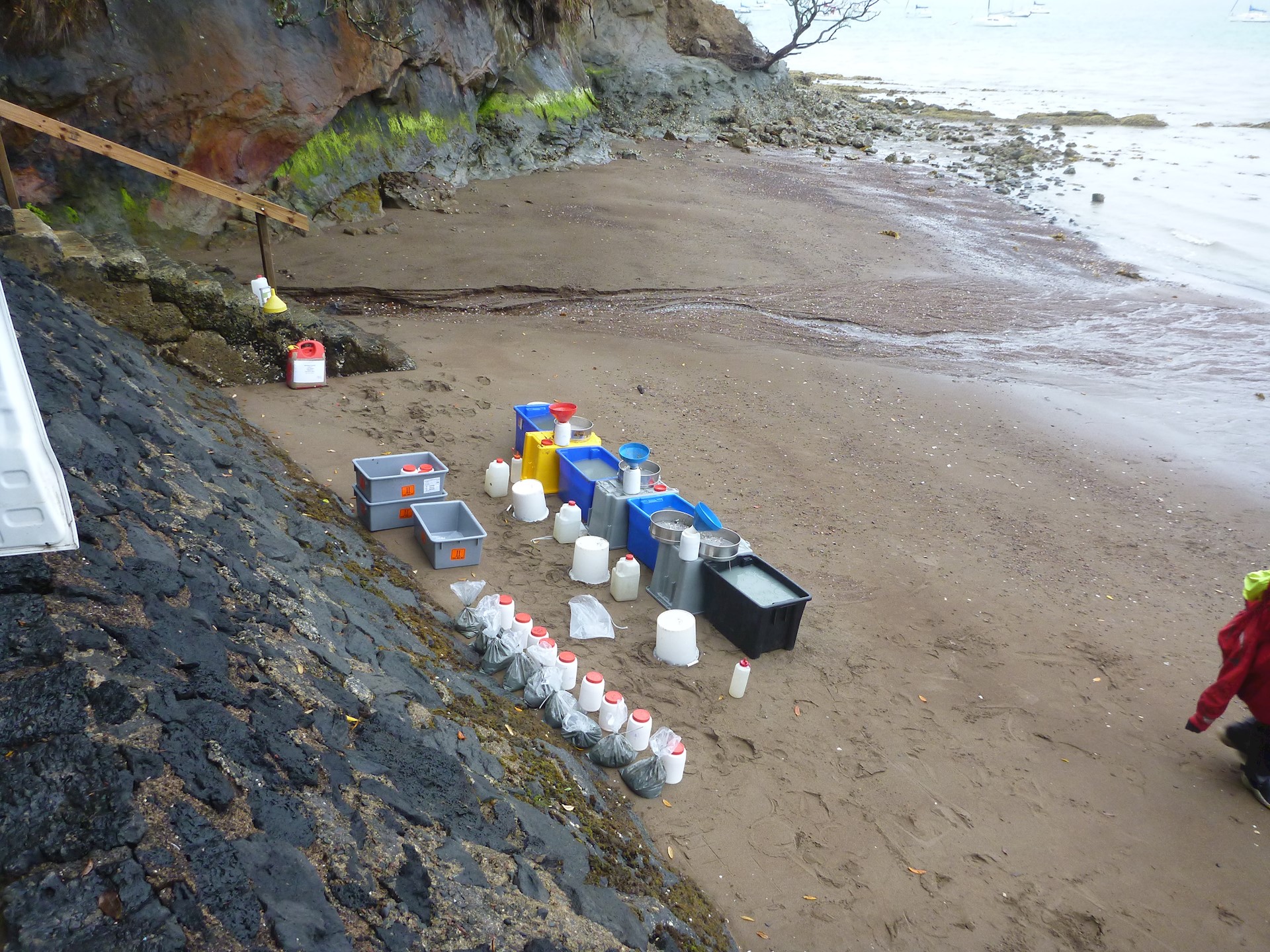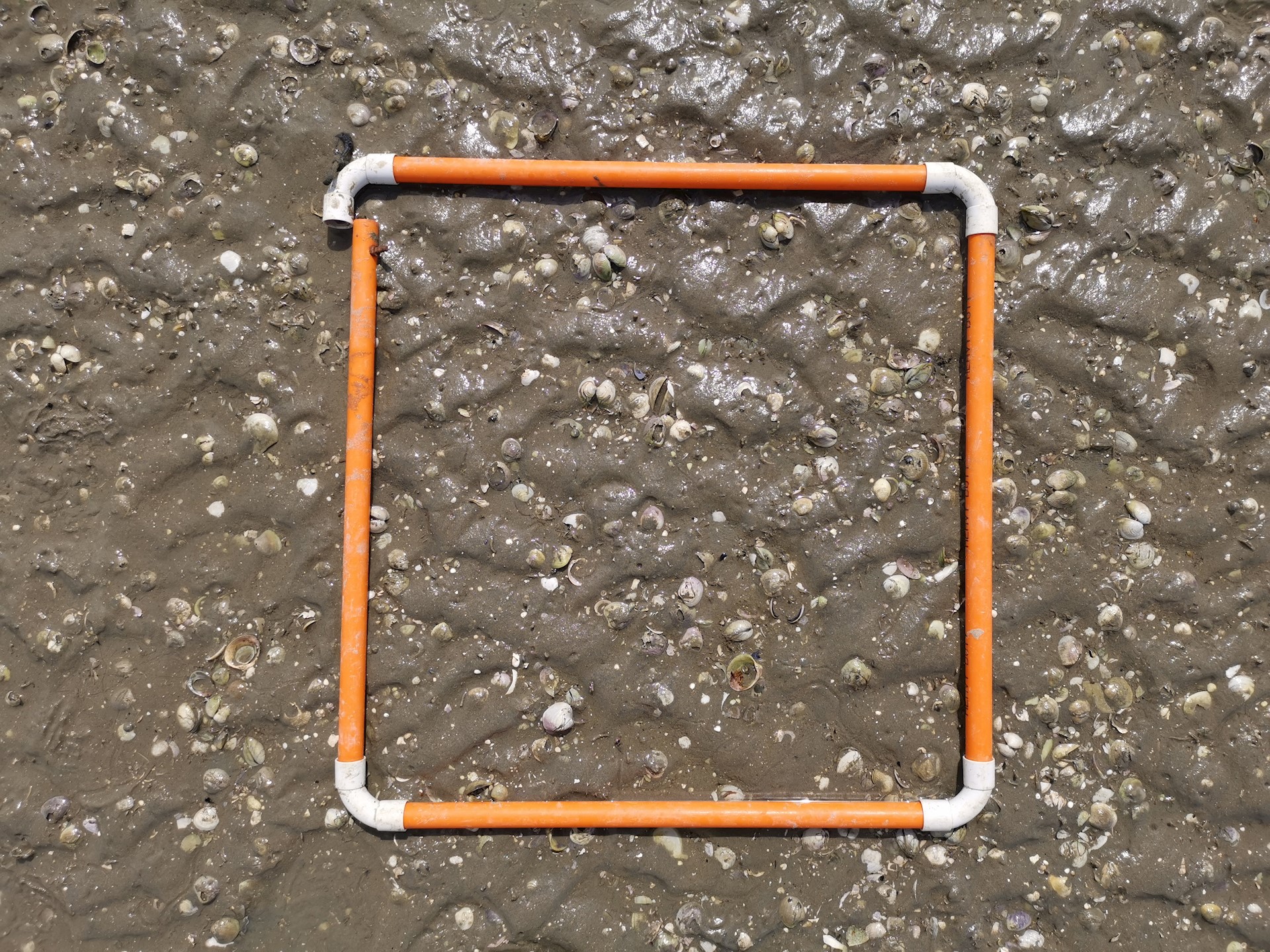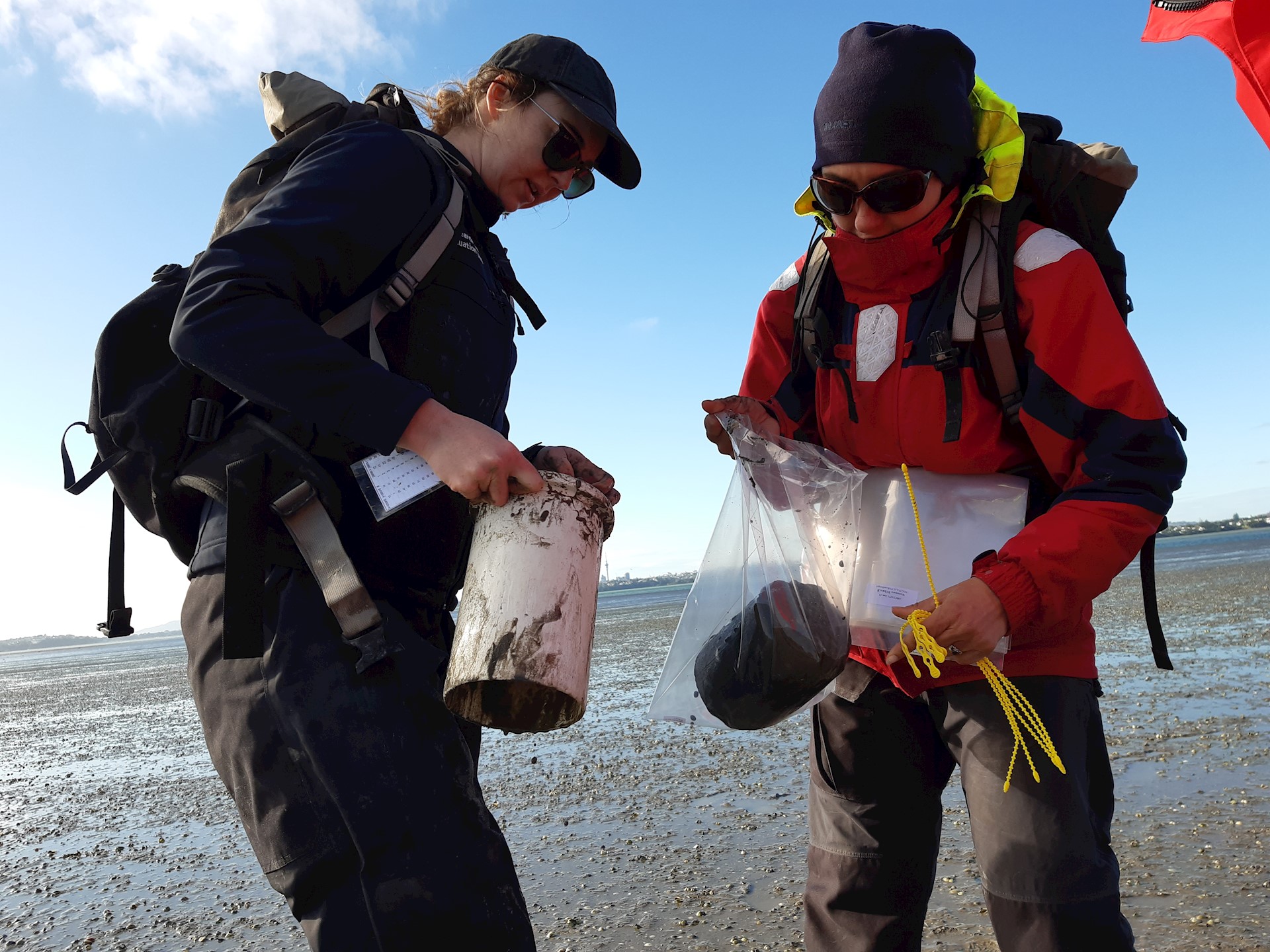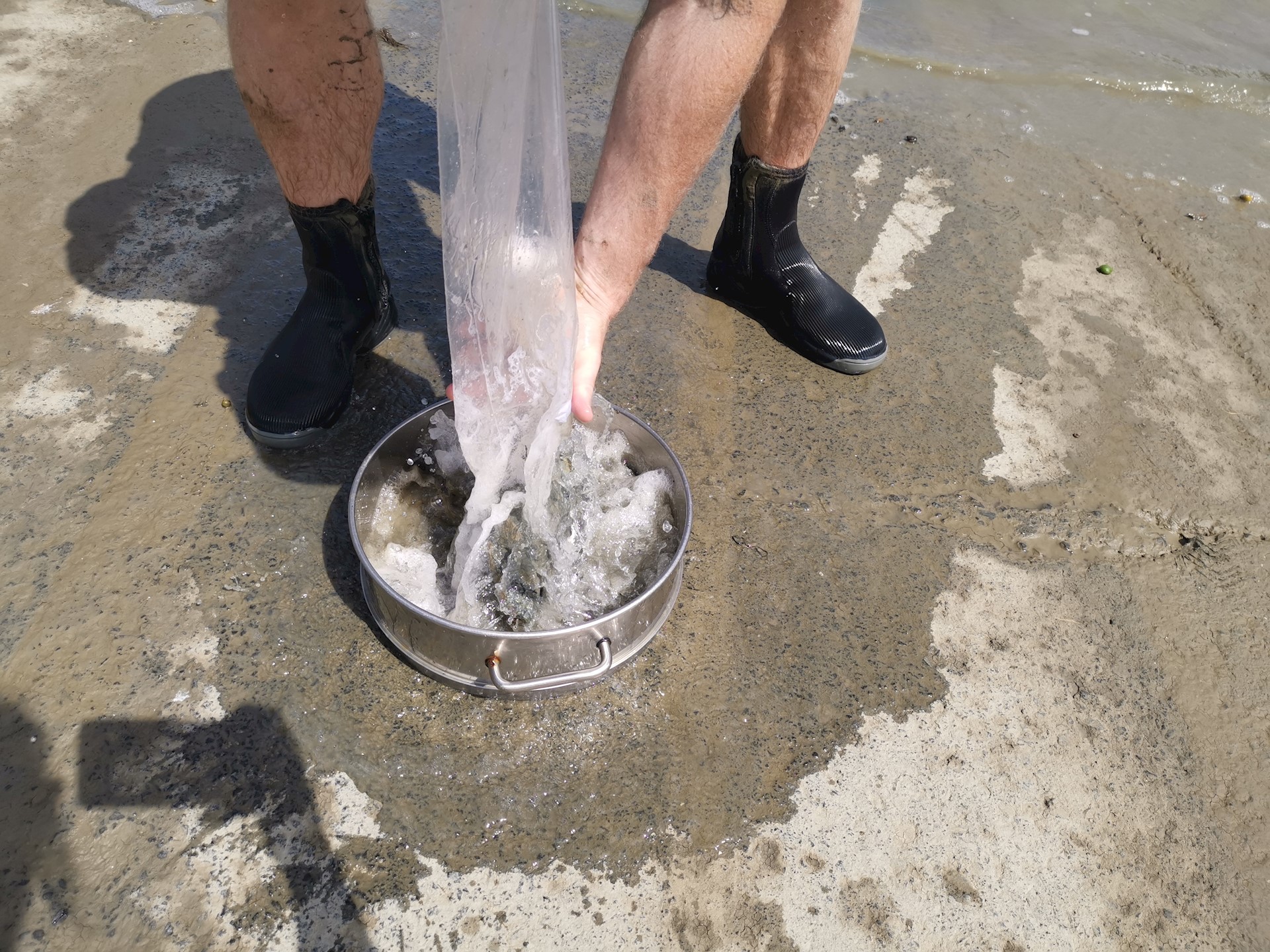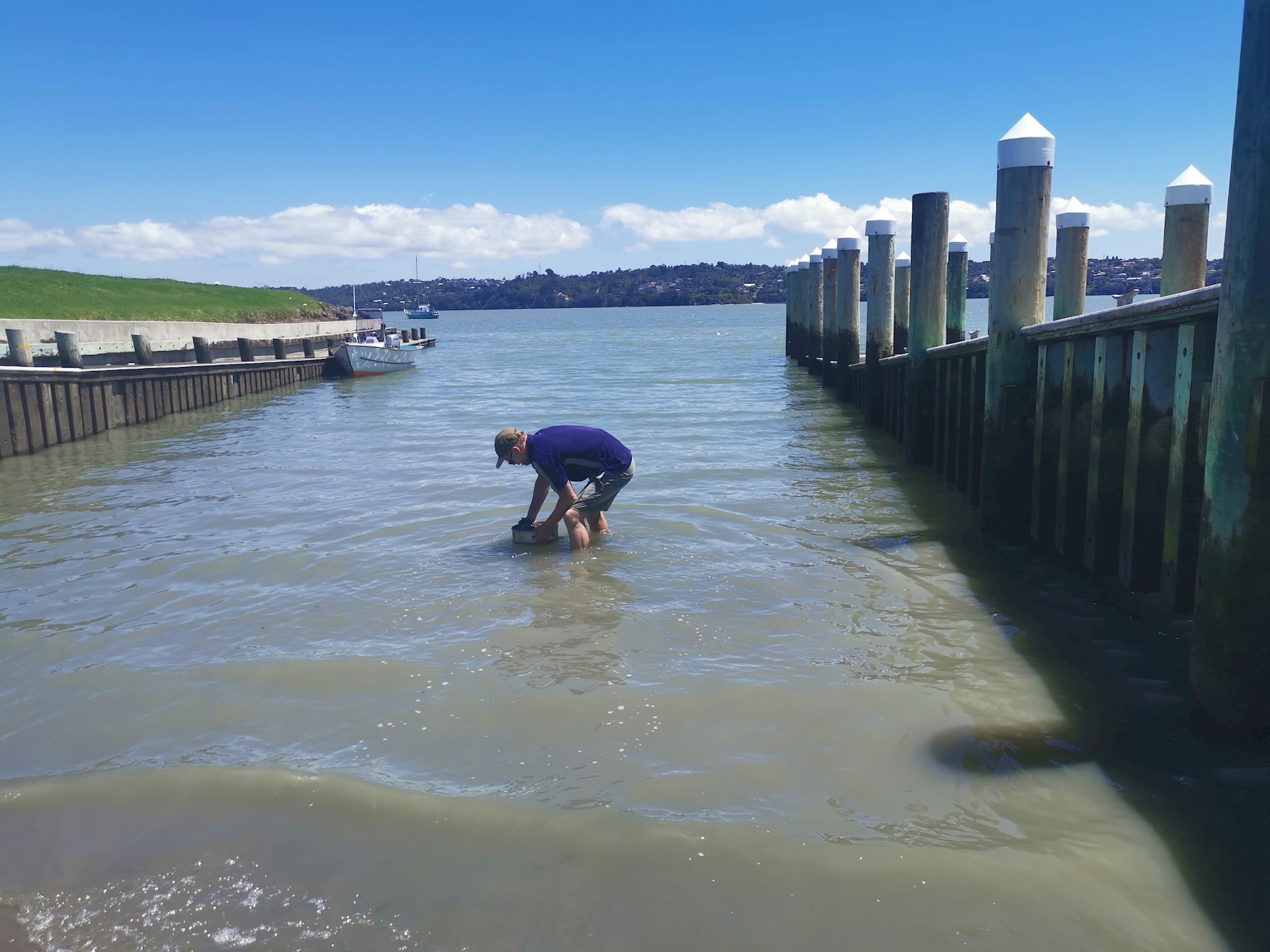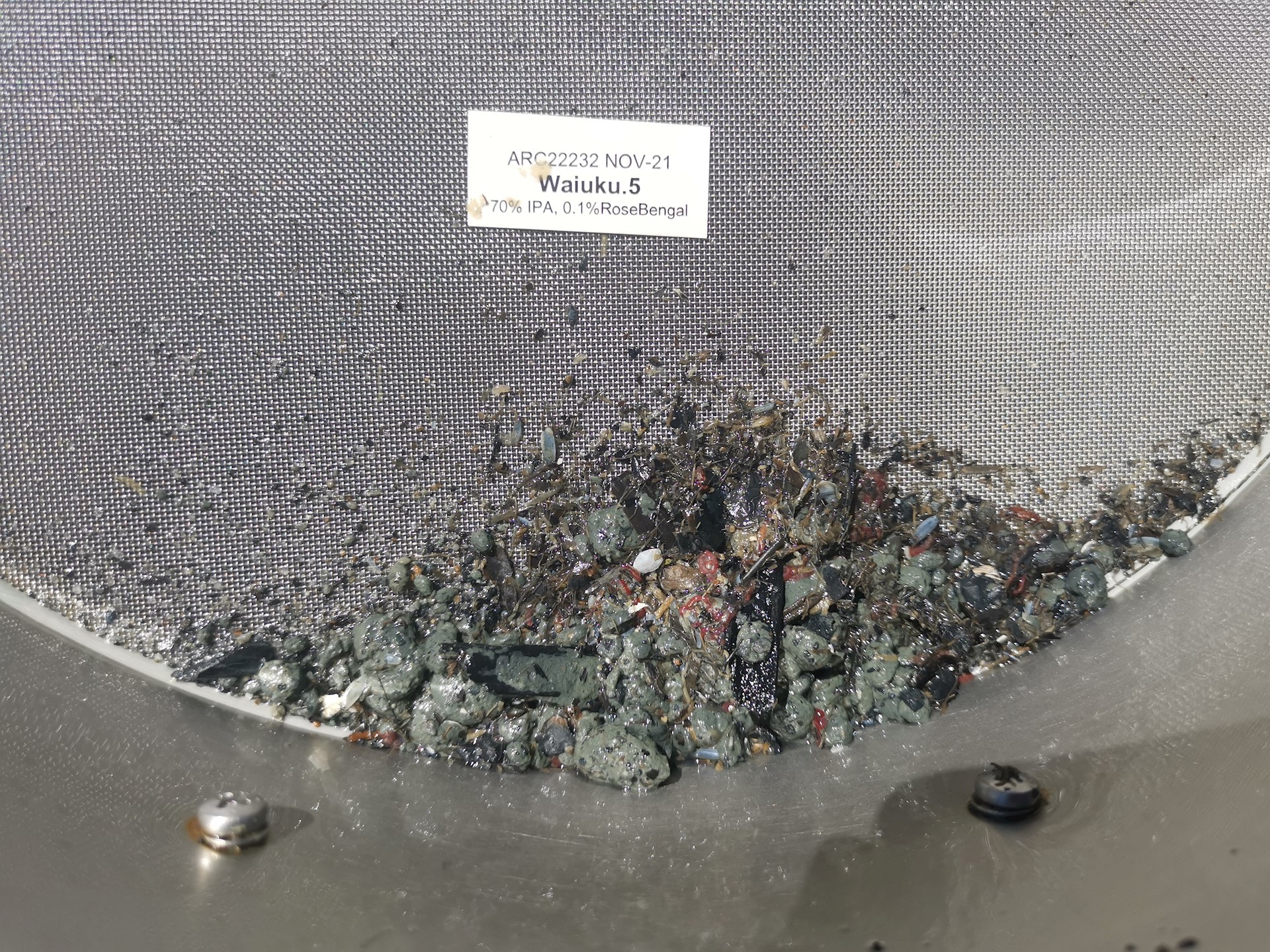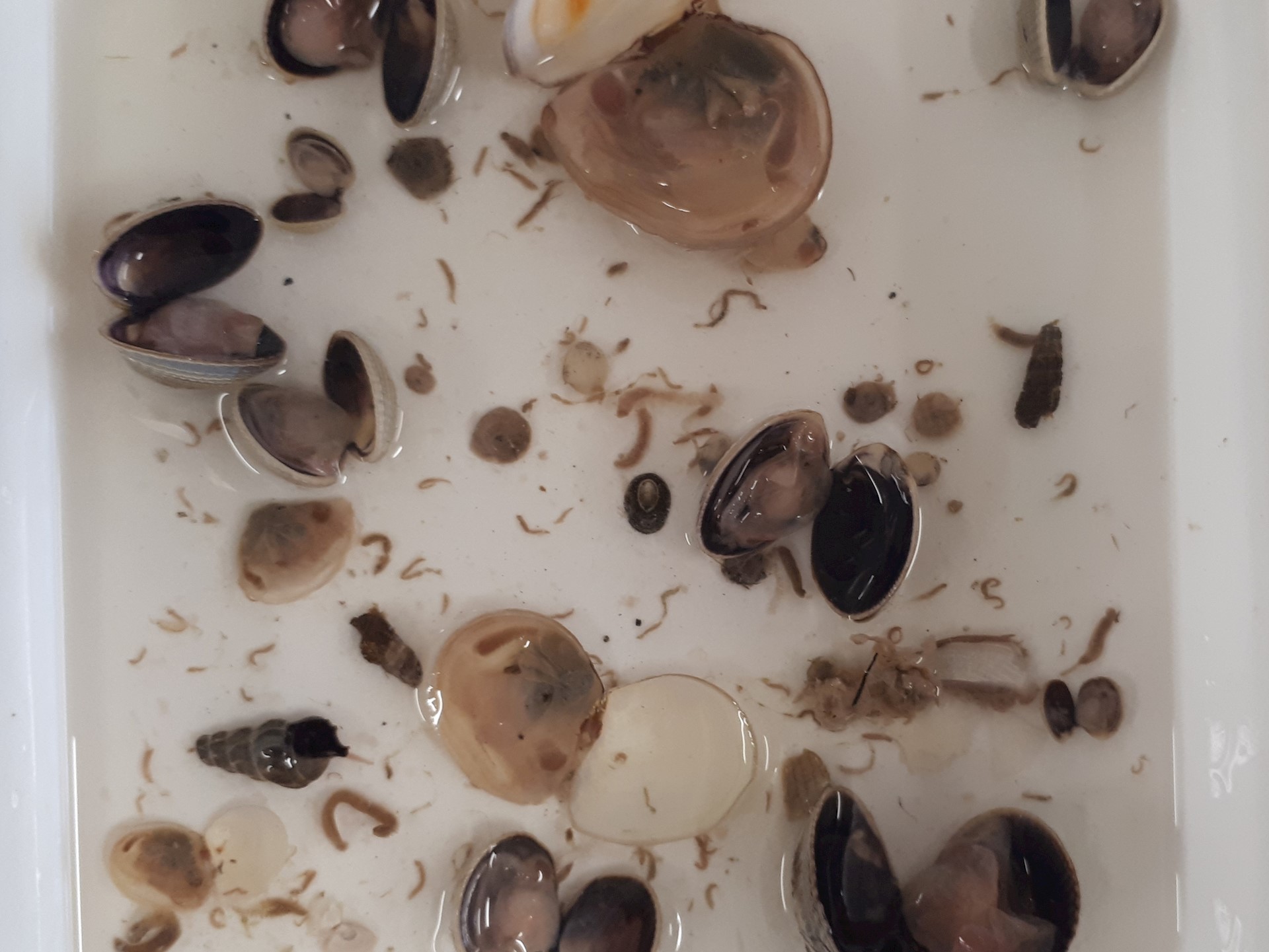LAWA Estuary Health - National Picture 2024
Published: 22 September 2024
Welcome to the LAWA Estuary Health National Picture Summary. Here, we present information and themes about the estuary monitoring data from New Zealand's regional councils and unitary authorities at a national scale.
Estuary Health data have been collated from hundreds of monitoring sites spread across 100 different estuaries (around one-third of all estuaries in the country). The data we report come from samples that are collected regularly from estuaries as part of State of the Environment monitoring. These data help scientists and decision-makers understand the state of estuary health and track changes over time.
The 435 monitored sites listed on the LAWA website represent various estuary types, ranging in size from a few hectares to tens of thousands. Some estuaries have been monitored for one or two years and others for over three decades. LAWA presents data from 2010 onwards, as this constitutes the most complete and consistent national dataset. Sites in the Estuary Health topic are long-term monitoring sites so data records will grow over time.
This topic displays results for three indicators of Estuary Health that are currently monitored by regional councils and unitary authorities:
-
Mud content refers to the amount of fine silt and clay particles (collectively known as mud) that are present in the surface layers of estuary intertidal flats. It is one of the main environmental characteristics that determines where plants and animals can and cannot live within an estuary.
-
Contaminants include the metals copper (Cu), lead (Pb), zinc (Zn), cadmium (Cd), chromium (Cr), nickel (Ni), silver (Ag), mercury (Hg), arsenic (As), and organic contaminants such as hydrocarbons and pesticides. When concentrations of these contaminants get too high, they can have negative effects on estuary health.
-
Estuary macrofauna are small invertebrates that can be seen with the naked eye and include hundreds of species of worms, snails, crustaceans, and shellfish like pipi and cockles. Macrofauna are good indicators of estuary health because the community of species found in an area represent relatively long-term, local conditions.
These indicators have been selected for the Estuary Health topic as they provide meaningful information about estuary condition and are monitored in a consistent way by regional and unitary councils across the country. In some regions, other useful indicators are monitored including sediment nutrient concentrations, sediment organic matter, Chlorophyll a content, sedimentation rates and the extent of certain habitats. The Estuary Health topic will be expanded as the collection of data for these and other indicators become more uniform. Recent and ongoing work by the Ministry for the Environment to stocktake environmental attributes, collate advice on estuary indicators for Aotearoa New Zealand, and revise the National Estuary Monitoring Protocol will support this growth.
Council estuary monitoring programmes are designed to give insight at a local level, so site selection is often biased towards local monitoring requirements and caution is advised when comparing the results on a national scale. The number of sites within each estuary is not necessarily proportional to the estuary's size and may depend on factors such as pollutant levels, resource availability, estuary type, and more. More information is available on the estuary site pages, and by contacting the relevant regional council or unitary authority.
Some broad patterns can be seen in the current monitoring data. Namely, estuaries closer to human populations and activities are muddier and more contaminated than those in less modified landscapes. Concentrations of metal contaminants are usually higher in estuaries close to cities, whereas high mud content is the biggest stressor of estuaries in rural locations. These patterns mean estuary health can vary greatly even within regions. For instance, Waitematā Harbour is surrounded by the largest city in the country and in places has elevated concentrations of zinc, lead, and mercury. Further north in the Auckland region, Whangateau Estuary is surrounded by crops, grassland, and small urban areas and has very low contaminant and mud concentrations.
Estuaries are complex ecosystems that are influenced by activities happening upstream as well as out at sea. This can make it challenging to identify and manage all of the factors that affect their health. Additionally estuary management is complex as many agencies have overlapping roles, and it is not always clear who is responsible. In most cases, it has taken decades of deforestation and land use change for mud and contaminants to build up, and the estuary type is also a factor in how susceptible an estuary is to the various threats.
Restoring estuaries also takes time, and some estuaries may never return to their ‘natural’ state. However, the dynamic nature of estuaries means if we reduce the amount of pollutants entering estuaries, they may have the potential to recover. For example, concentrations of the contaminant lead (Pb) have decreased in many urban estuaries since the mid-1990s when it was removed from use in paints and petrol.
Explore more
You can freely explore the data through the Estuary Health topic, using the map (desktop users) to look at patterns within estuaries and regions, and the indicator figures to see how their values have changed through time.
More estuary resources are available online from LAWA and our partners to help inform and inspire. Below we have links to LAWA estuary health factsheets, the DOC Estuaries Hub, and national reporting from the Ministry for the Environment and Statistics New Zealand.
Factsheet: Understanding estuaries
Factsheet: Estuary types
The Department of Conservation’s Estuaries Hub website is all about connecting people with each other, and with resources, to help improve the health of these special places. It has a wealth of resources developed in partnership with councils, educators, and restoration groups.
Estuary hub
Ministry for the Environment (MfE) and Stats NZ regularly report on the state of Aotearoa New Zealand’s marine environment. Our marine environment 2022 is the latest in a series of environmental reports that includes a national overview of estuary health.
Our marine environment 2022
Stats NZ collect information to publish insights and data about New Zealand, including marine indicators that relate to estuary health.
Coastal and estuarine water quality
Heavy metal load in coastal and estuarine sediment

